Graham Reid | | 5 min read
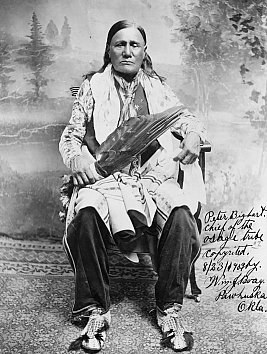
No matter what critics and commentators make of Martin Scorsese's Killers of the Flower Moon – true crime drama, exploitation and murder of Native American Osage people, white saviour story, the rise of the FBI or just another Marty gangster flick with Robert De Niro as the capo talking to Leonardo DiCaprio about family and loyalty – everyone agrees on one thing.
That the New Yorker writer David Grann's book from which it is adapted is an extraordinary piece of detective work and journalism.
It may be that the film will prompt further interest in the old and modern history of Native Americans.
In that, Elsewhere can help.
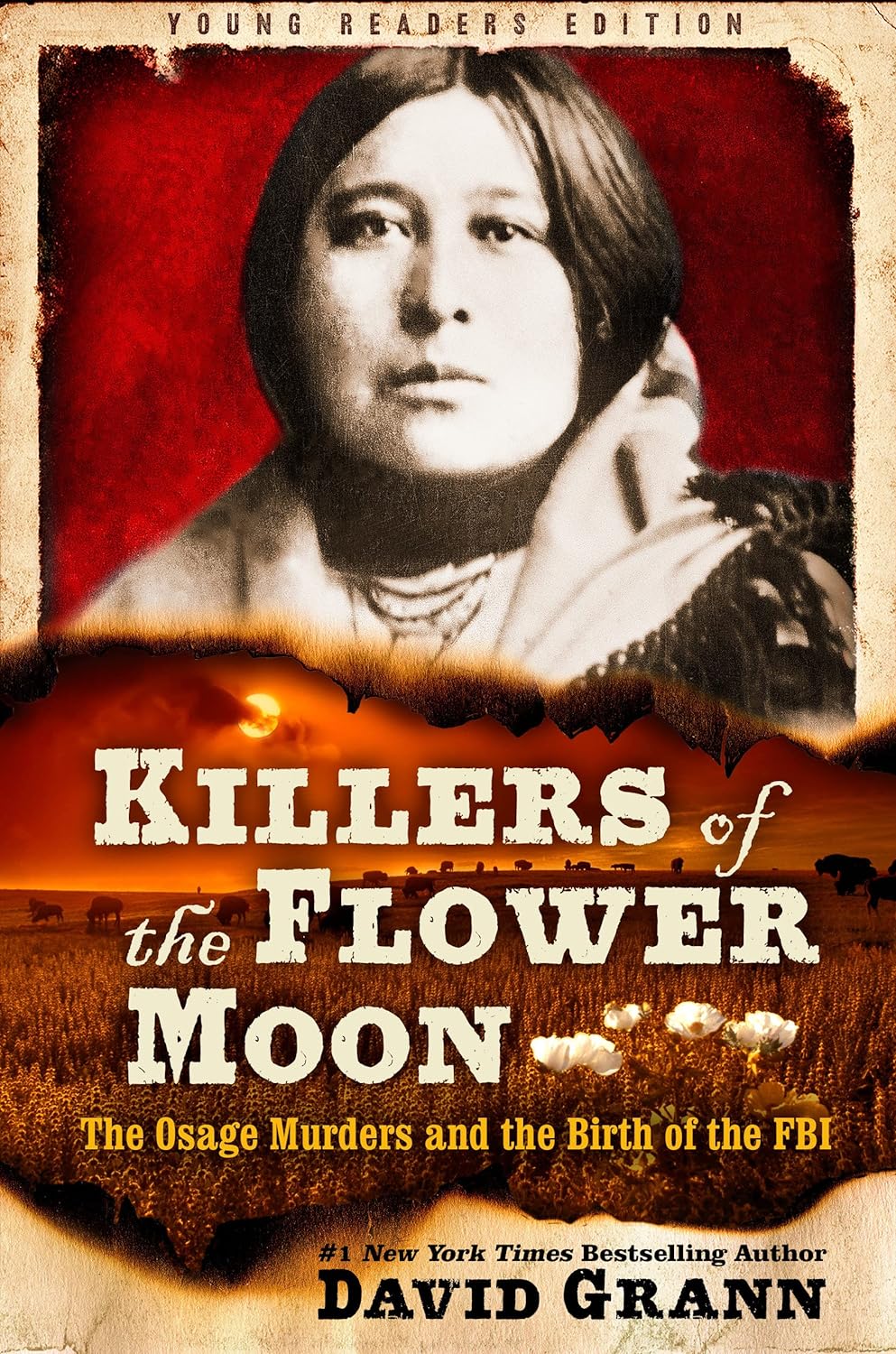 Over the years we have drawn attention to Native American music and musicians, most recently the music and poetry of the great Joy Harjo (the first Native American to be her country's poet laureate).
Over the years we have drawn attention to Native American music and musicians, most recently the music and poetry of the great Joy Harjo (the first Native American to be her country's poet laureate).
The wonderful Buffy Sainte-Marie's exceptional and political Coincidence and Likely Stories has long been an Essential Elsewhere album and we drew attention to her moving theme to the Sixties film Soldier Blue, a brutal portrayal of a massacre of Indians by the cavalry. *
In our archives we have an interview with the late activist/musician John Trudell who was chairman of AIM (American Indian Movement).
We have also featured traditional and contemporary Indian music, the album Songs of Our Native Daughters (featuring among others Allison Russell and Rhiannon Giddens) as well as a profile of the late saxophonist/singer Jim Pepper and more, including a number of films if you care to work back from here.
But as we opened with a film and then mentioned the book from which is sprang, let's pull two off the shelf because they are both gripping.
Nathaniel Philbrick wrote In the Heart of the Sea which was adapted into an epic film (loosely reimagining the story of Herman Melville and the obsession of Captain Ahab) and also a myth-busting account of the voyage of the Mayflower.
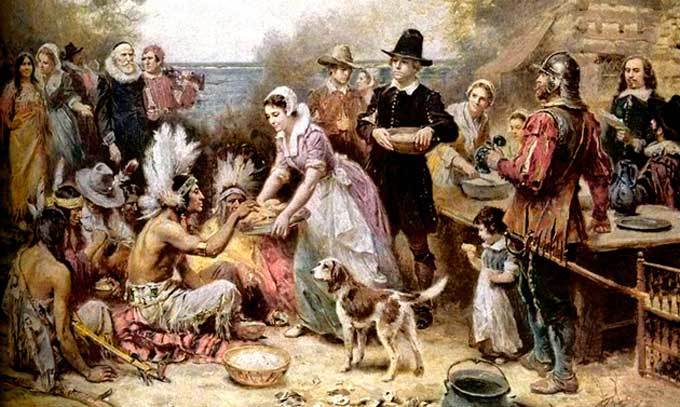 If you ever had an image of that first Thanksgiving when Indians arrived at the settlement of the starving pilgrims from Britain and shared their food at the table then everything about that is wrong.
If you ever had an image of that first Thanksgiving when Indians arrived at the settlement of the starving pilgrims from Britain and shared their food at the table then everything about that is wrong.
The handsome Indians were mostly naked, the pilgrims didn't come from England and fully half of those in the settlement weren't pilgrims anyway. And they were so depleted and destitute they didn't even have a table.
Mayflower gives a fascinating insight into that voyage but also of the Indians who were already there on the land and the lives they'd lived before previous settlers from the Old World arrived carrying fatal diseases.
 But Philbrick's more extraordinary book for our purposes is The Last Stand: Custer, Sitting Bull and the Battle of Little Bighorn, an almost minute-by-minute account of the months and weeks leading up to that battle, and a second-by-second unfolding of the combatants' movements and killings.
But Philbrick's more extraordinary book for our purposes is The Last Stand: Custer, Sitting Bull and the Battle of Little Bighorn, an almost minute-by-minute account of the months and weeks leading up to that battle, and a second-by-second unfolding of the combatants' movements and killings.
There are few heroes, many bodies and a complex weave of military and Washington politics running parallel to the lives and history of the Indian nations.
It shot into the New York Times Bestseller list on publication in 2010 with unanimous praise from reviewers and historians.
If we may be so bold, we'll point you to a book which is at least its equal if not even better: S.G. Gwynne's Empire of the Summer Moon; Quanah Parker and the Rise and Fall of the Comanche Tribe.
It was nominated for the Pulitzer Prize for non-fiction around the same time as The Last Stand appeared.
Quanah Parker of the title was the son of an Indian warrior and a white settler who had been taken hostage by a Comanche band when she was very young and moved from slave to wife.
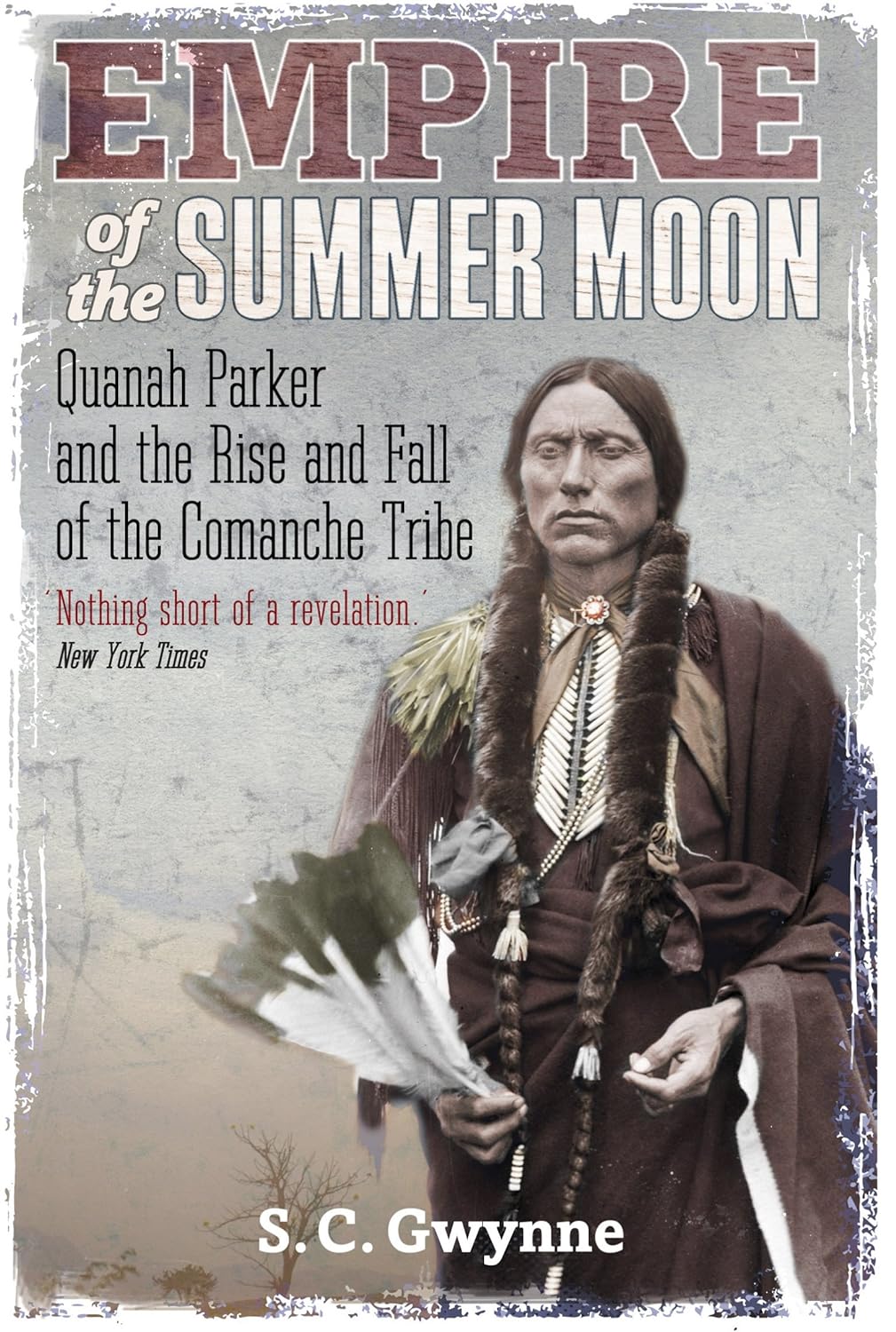 When she was found – and there were numerous search parties and rewards offered for her rescue – she was an adult with children of her own and spoke no English.
When she was found – and there were numerous search parties and rewards offered for her rescue – she was an adult with children of her own and spoke no English.
Taken back to “civilisation” she desperately tried to escape back to her people, the Comanche.
But her son Quanah – quite a character as it turns out – only appears in the final third of the book.
Prior to that Gwynne reveals the culture and practices of the Comanche who were the greatest horsemen of the Great Plains, moved with buffalo herds (one measured at five miles wide and 25 miles deep!) and were constantly at war with other Indian nations and bands, then white settlers who encroached on their lands, like the Parker family (who really do come off as rather asking for it).
Let's be honest, the Comanche were ruthless warriors who rarely took prisoners (other than women and some children for slaves) and they seemed to enjoy prolonged torture of those they did capture. They were remarkable on horseback and could shoot arrows by slinging sideway and firing from beneath the horse's neck. They adapted to horse culture in little more than 50 years and excelled at it.
They could have five arrows heading for their target with great accuracy in the time it took for that man to reload his rifle.
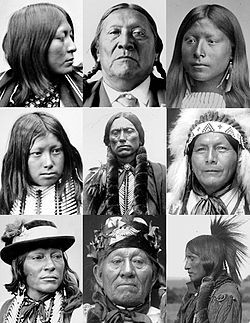 They had an interesting tribal culture which the military and outsiders found hard to deal with: there was no big chief so any pacts or treaties done with one chief meant nothing to any other of their many bands.
They had an interesting tribal culture which the military and outsiders found hard to deal with: there was no big chief so any pacts or treaties done with one chief meant nothing to any other of their many bands.
Warriors in one band who didn't like the decision of their chief could go off and join another band.
They moved constantly and were experts at hit and run raids (mostly for horses which they prized, sometimes for slaves). They were killers.
In the first half of the book they are unsympathetic characters but admirable for their warrior culture, care of their women and children (women did most of the work) and skills on the prairie where there were few landmarks which whites could identify.
But as more settlers arrive, treaties are broken (by both sides), Texas Rangers and soldiers ride across the horizon and the buffalo are slaughtered, the Comanche fall victim to rapidly changing times.
As the guns got better – the book is a history of gun culture on the frontier – their bows and arrows were rendered less effective. Then they got better guns too.
But it is an ineffably sad story, one of a culture driven to its knees by greed and the great project of American expansion. It was deliberate and progressive genocide.
Tragic story but a brilliant book.
Incidentally, David Grann who wrote Killers of the Flower Moon where we started has considerable form in the genre of exciting non-fiction.
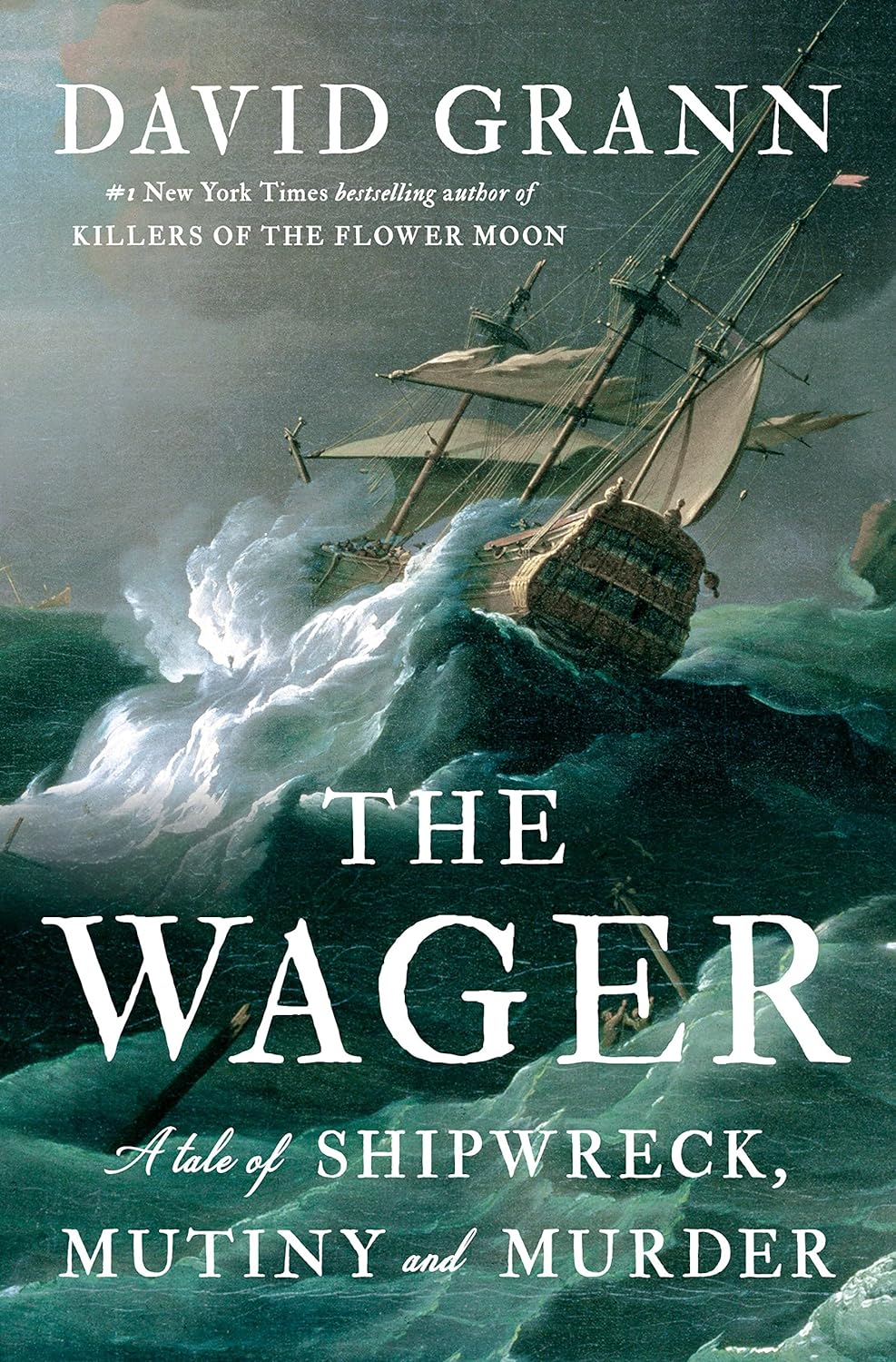 His book The Wager: A Tale of Shipwreck, Mutiny and Murder – a true story of all that and worse, which started with the voyage of the HMS Wager in the middle of the 18th century – is extraordinary and, as with British military historian Antony Beevor, Grann has the rare ability to make human those mostly anonymous figures in remote offices who pull the economic and political strings which send young men into the depth of hell that is war, starvation, cannibalism and other unimaginable horrors.
His book The Wager: A Tale of Shipwreck, Mutiny and Murder – a true story of all that and worse, which started with the voyage of the HMS Wager in the middle of the 18th century – is extraordinary and, as with British military historian Antony Beevor, Grann has the rare ability to make human those mostly anonymous figures in remote offices who pull the economic and political strings which send young men into the depth of hell that is war, starvation, cannibalism and other unimaginable horrors.
The Wager – along with Gwynne's Empire of the Summer Moon – is one of the most compelling books Elsewhere has read in many years, with the same attention to detail as Killers of the Flower Moon.
Probably unfilmable.
But Martin Scorsese and Leonard DiCaprio have acquired the rights.
They'll have their work cut out.
Again.
.
* The day after we wrote this and two days before publication, an article appeared in which Canadian researchers have disputed Buffy Sainte-Marie's Native American heritage saying she was not adopted by white parents as she has said but they were her biological parents. That article is here.
Whatever, Sainte-Marie has identified as indigenous all her life and been an advocate and voice for Native American peoples so we include her here.

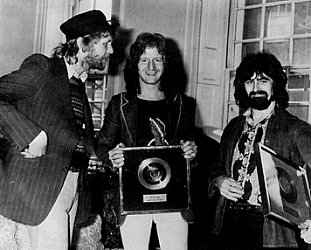
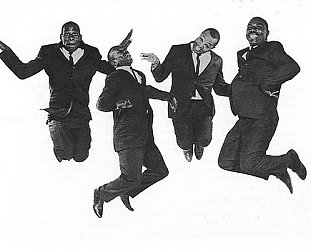
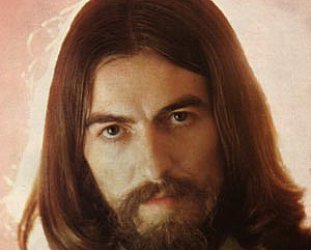

post a comment